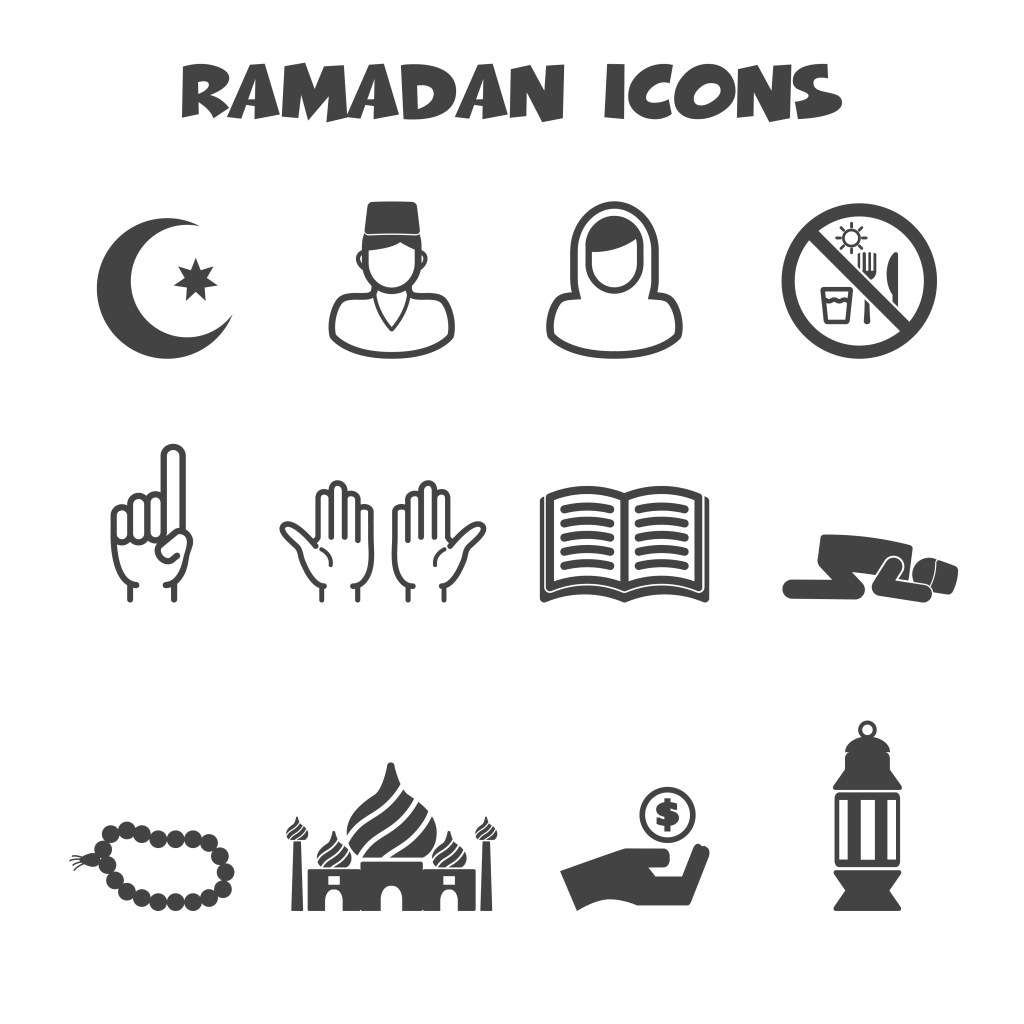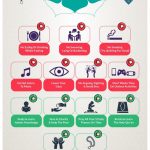Discover The Enchanting Ramadan Symbols: Unveiling The Mysteries And Embracing The Spirit
Ramadan Symbols: Understanding the Essence of the Holy Month
Introduction
Dear Ramadan Enthusiast,
As the holy month of Ramadan approaches, it is important for us to understand the significance of the symbols associated with this auspicious time. Ramadan is a time of spiritual reflection, self-improvement, and heightened devotion. By familiarizing ourselves with the symbols that define this sacred month, we can deepen our understanding of its essence and enrich our experience as we embark on this spiritual journey.
2 Picture Gallery: Discover The Enchanting Ramadan Symbols: Unveiling The Mysteries And Embracing The Spirit


In this article, we will explore the various symbols that are integral to Ramadan, their meanings, and the traditions associated with them. From the new moon to the lanterns, each symbol carries its own significance and contributes to the overall ambiance of this blessed month.
The Ramadan Symbols
1️⃣ The New Moon 🌙

Image Source: vecteezy.com
The new moon holds great importance in the Islamic calendar as it marks the beginning of each lunar month, including Ramadan. The sighting of the new moon determines the start of fasting and the celebrations that follow. It symbolizes the cycle of life and represents new beginnings and rejuvenation.
2️⃣ The Crescent Moon and Star 🌙⭐
The crescent moon and star are commonly associated with Islam and represent the Muslim faith. During Ramadan, the crescent moon is a significant symbol as it signifies the sighting of the new moon, marking the start of the holy month. The star symbolizes the guidance and light that Ramadan brings to Muslims worldwide.
3️⃣ The Quran 📖

Image Source: freepik.com
The Quran, the holy book of Islam, holds immense significance during Ramadan. It is believed that the Quran was revealed to the Prophet Muhammad during this month. Muslims spend hours reading and reciting the Quran, reflecting on its teachings, and seeking spiritual guidance.
4️⃣ The Lanterns 🏮
Lanterns, known as fanous, are a common sight during Ramadan in many Muslim countries. These intricately designed lanterns are typically hung in homes, streets, and mosques, adding a warm and festive glow to the surroundings. The lanterns symbolize the guiding light of Islam and represent the enlightenment that comes with the spiritual journey of Ramadan.
5️⃣ Dates 🌴🍇
Dates hold a special place in Ramadan traditions as they are often the first food consumed to break the fast. Prophet Muhammad is believed to have broken his fast with dates, and it has since become a symbol of hospitality and generosity during this holy month. Dates are not only a nutritious source of energy but also serve as a reminder of the simplicity and gratitude that Ramadan promotes.
6️⃣ The Kaaba 🕋
The Kaaba, located in the holy city of Mecca, is the most sacred site in Islam. During Ramadan, Muslims around the world direct their prayers towards the Kaaba, seeking spiritual connection and unity. The Kaaba symbolizes the center of the Muslim world and represents the ultimate destination of every Muslim’s pilgrimage, known as Hajj.
7️⃣ The Night of Power (Laylat al-Qadr) 🌟
The Night of Power, also known as Laylat al-Qadr, is considered the holiest night of the year for Muslims. It is believed to be the night when the first verses of the Quran were revealed to Prophet Muhammad. Muslims seek to find this blessed night by engaging in prayer, reflection, and supplication. The Night of Power symbolizes the pinnacle of spiritual growth and the opportunity for divine blessings.
What is Ramadan?
During the holy month of Ramadan, Muslims observe a period of fasting from dawn to sunset. This religious practice is considered one of the Five Pillars of Islam and is obligatory for all adult Muslims, with exceptions for certain individuals such as the elderly, pregnant women, and those with medical conditions.
Who Observes Ramadan?
Ramadan is observed by Muslims worldwide, regardless of their cultural or ethnic background. It is a time for Muslims to come together as a community, strengthen their bond with Allah, and seek spiritual growth.
When Does Ramadan Occur?
Ramadan follows the Islamic lunar calendar and begins with the sighting of the new moon. The exact date of Ramadan varies each year, as it is determined by the lunar cycle. The start of Ramadan can differ from one country to another, depending on the local sighting of the moon.
Where is Ramadan Celebrated?
Ramadan is celebrated by Muslims in all corners of the world. Whether in bustling cities or remote villages, Muslims gather to observe the holy month and engage in acts of worship, charity, and self-reflection.
Why is Ramadan Important?
Ramadan holds immense significance for Muslims as it is a time of spiritual reflection, self-discipline, and increased devotion. It serves as a reminder of the blessings bestowed upon them and offers an opportunity to purify their souls, seek forgiveness, and strengthen their relationship with Allah.
How is Ramadan Celebrated?
During Ramadan, Muslims fast from dawn to sunset, abstaining from food, drink, smoking, and other physical needs. The fast is broken with dates and water, followed by a meal known as iftar. Muslims also engage in increased prayer, recitation of the Quran, acts of charity, and seek to strengthen their community bonds through shared meals and gatherings.
Advantages and Disadvantages of Ramadan Symbols
1️⃣ Advantages of Ramadan Symbols:
a) Promotes Spiritual Reflection: The symbols associated with Ramadan serve as constant reminders of the spiritual significance of the holy month, allowing individuals to reflect on their faith and deepen their connection with Allah.
b) Fosters Community Unity: The symbols of Ramadan bring Muslims together, fostering a sense of unity and solidarity within the community. They serve as a common thread that binds individuals across different cultures and backgrounds.
c) Enhances Cultural Appreciation: By understanding and embracing the symbols of Ramadan, individuals can gain a deeper appreciation for the rich Islamic culture and traditions associated with the holy month.
2️⃣ Disadvantages of Ramadan Symbols:
a) Commercialization: In some cases, the symbols of Ramadan have been commercialized, with their true meanings overshadowed by consumerism. This can dilute the spiritual essence of the symbols and detract from their intended purpose.
b) Misinterpretation: The symbols of Ramadan may be misinterpreted or misunderstood by those who are unfamiliar with Islamic traditions. It is important to promote accurate information and educate others about the true meanings behind these symbols.
c) Cultural Appropriation: There is a risk of cultural appropriation when symbols associated with Ramadan are used without proper understanding or respect for their religious significance. It is crucial to approach these symbols with sensitivity and avoid their use for superficial purposes.
Frequently Asked Questions (FAQ)
Q: Can non-Muslims participate in Ramadan festivities?
A: While non-Muslims may not fast, they can show support and respect for their Muslim friends and colleagues by understanding and appreciating the significance of Ramadan. This could involve joining iftar meals or simply offering words of encouragement.
Q: Are there any specific greetings during Ramadan?
A: The common greeting during Ramadan is Ramadan Mubarak, which translates to Blessed Ramadan. Muslims often use this greeting to express well-wishes and blessings to one another during the holy month.
Q: What is the significance of fasting during Ramadan?
A: Fasting during Ramadan is a spiritual practice that helps Muslims purify their souls, develop self-discipline, and empathize with those less fortunate. It is an act of worship and a means of seeking closeness to Allah.
Q: Are there any exceptions to fasting during Ramadan?
A: Yes, there are exceptions to fasting during Ramadan. Individuals who are ill, pregnant, nursing, traveling, menstruating, or experiencing other health conditions are exempt from fasting. However, they may make up the missed fasts at a later date or perform acts of charity instead.
Q: How can one make the most of Ramadan?
A: To make the most of Ramadan, individuals can focus on self-reflection, engage in acts of worship, read and reflect upon the Quran, practice gratitude, seek forgiveness, and strive to be kind and charitable towards others.
Conclusion
In conclusion, the symbols of Ramadan hold deep meaning and significance for Muslims worldwide. From the new moon that marks the beginning of the holy month to the lanterns that illuminate the nights, each symbol serves to enrich the spiritual experience of Ramadan. By understanding and embracing these symbols, we can connect with the essence of this sacred time and enhance our journey of self-reflection, devotion, and unity.
As Ramadan approaches, let us embrace the symbols that define this blessed month and strive to make the most of this opportunity for spiritual growth and connection with Allah.
Disclaimer:
The information provided in this article is for educational and informational purposes only. The content is not intended to be a substitute for professional advice or guidance. Readers are advised to consult with a qualified religious scholar or expert for specific guidance related to Ramadan and its symbols.
This post topic: Ramadhan

